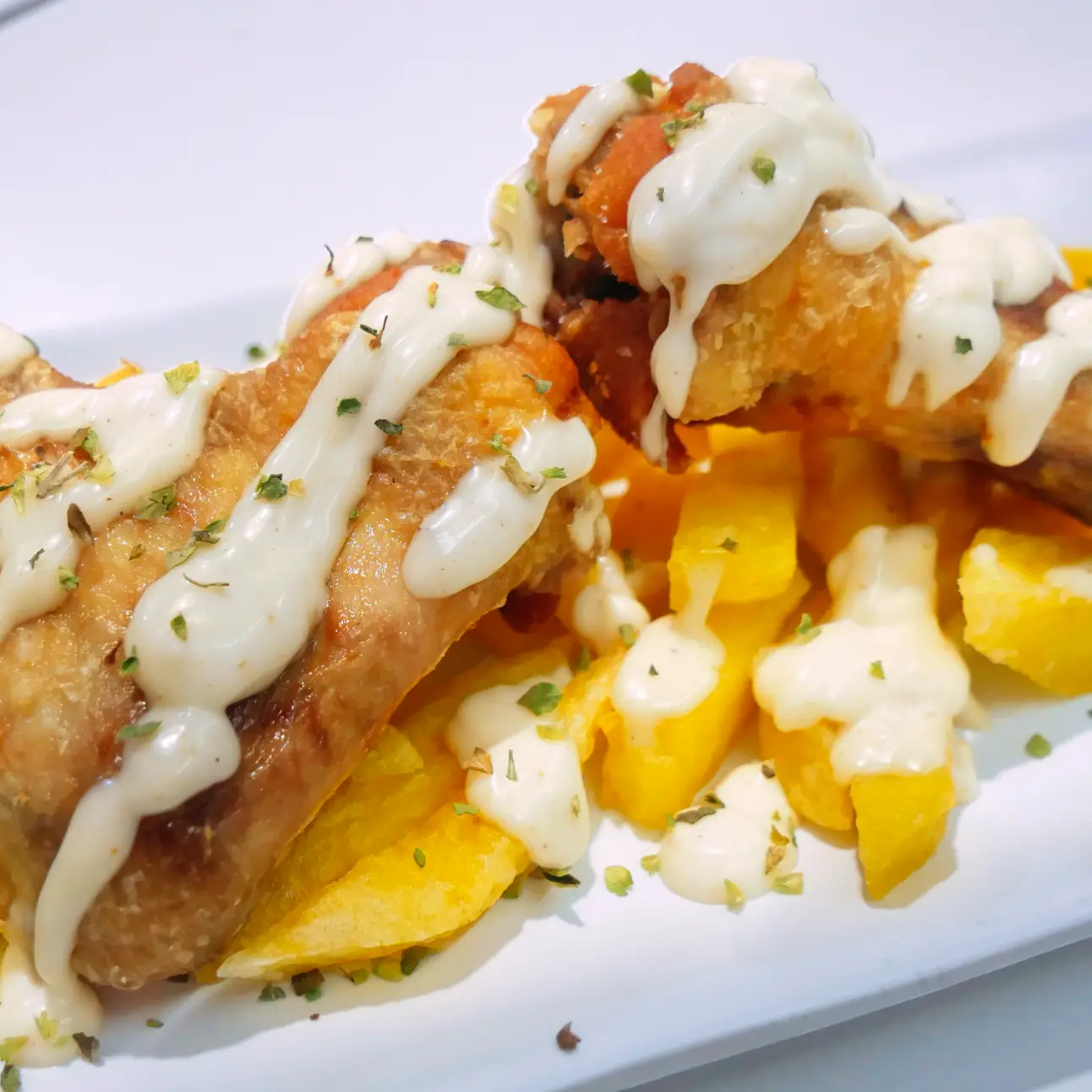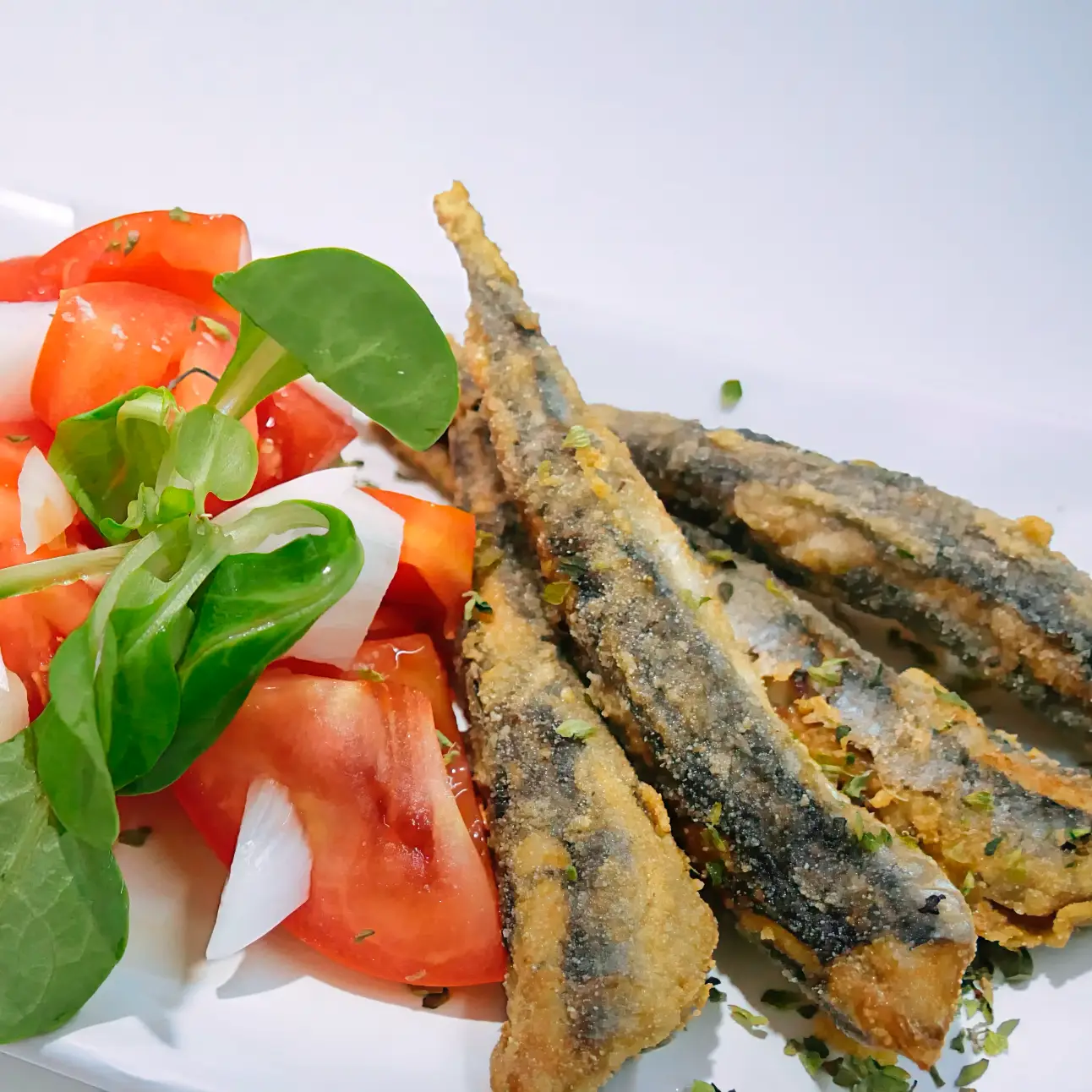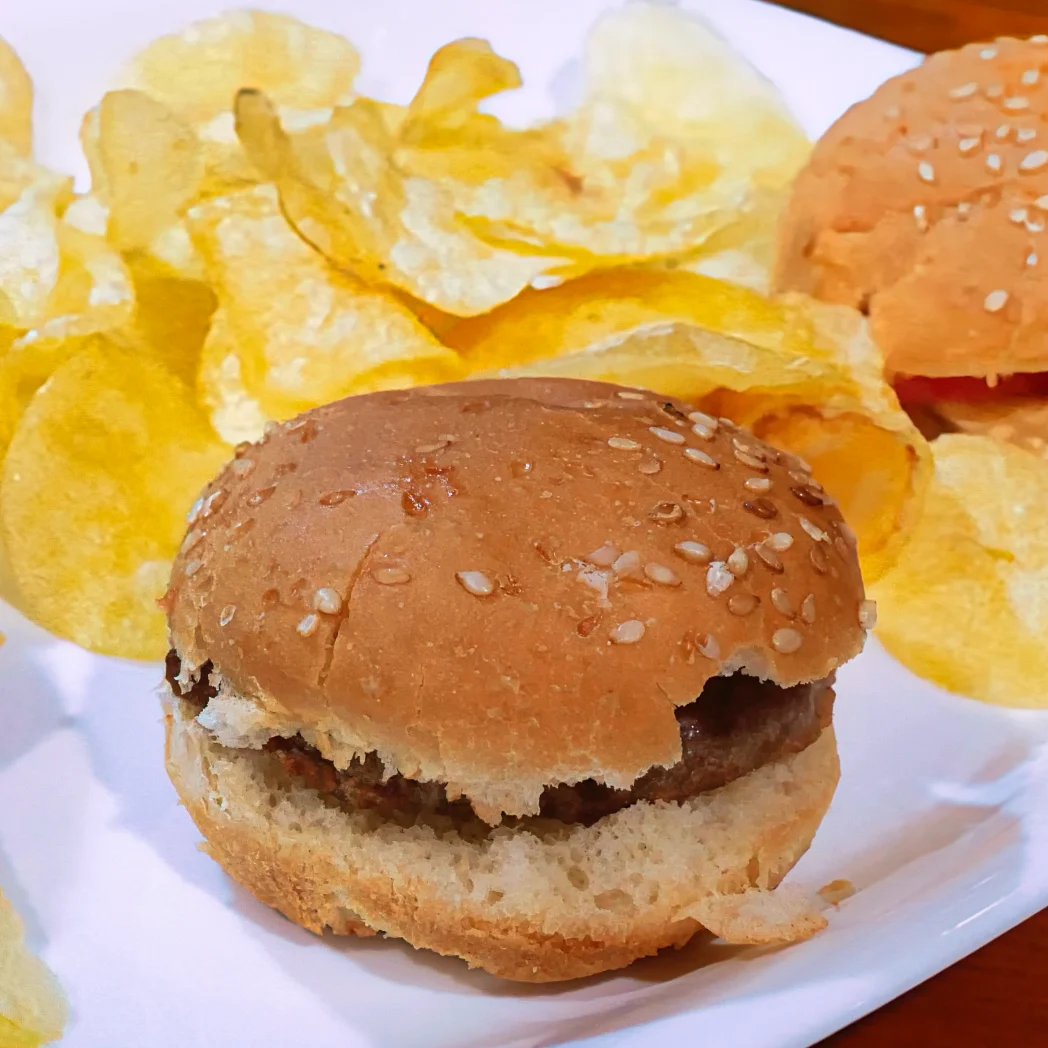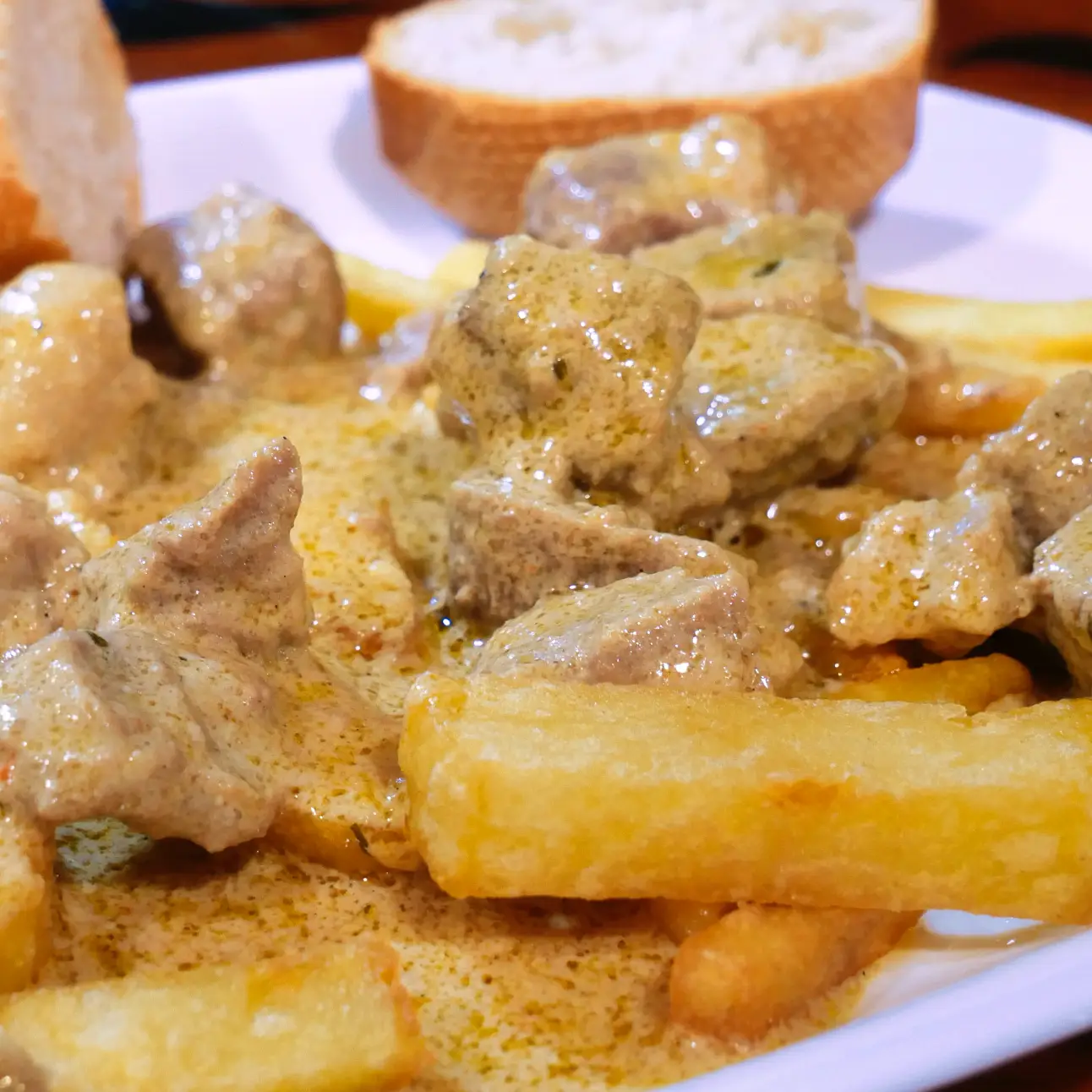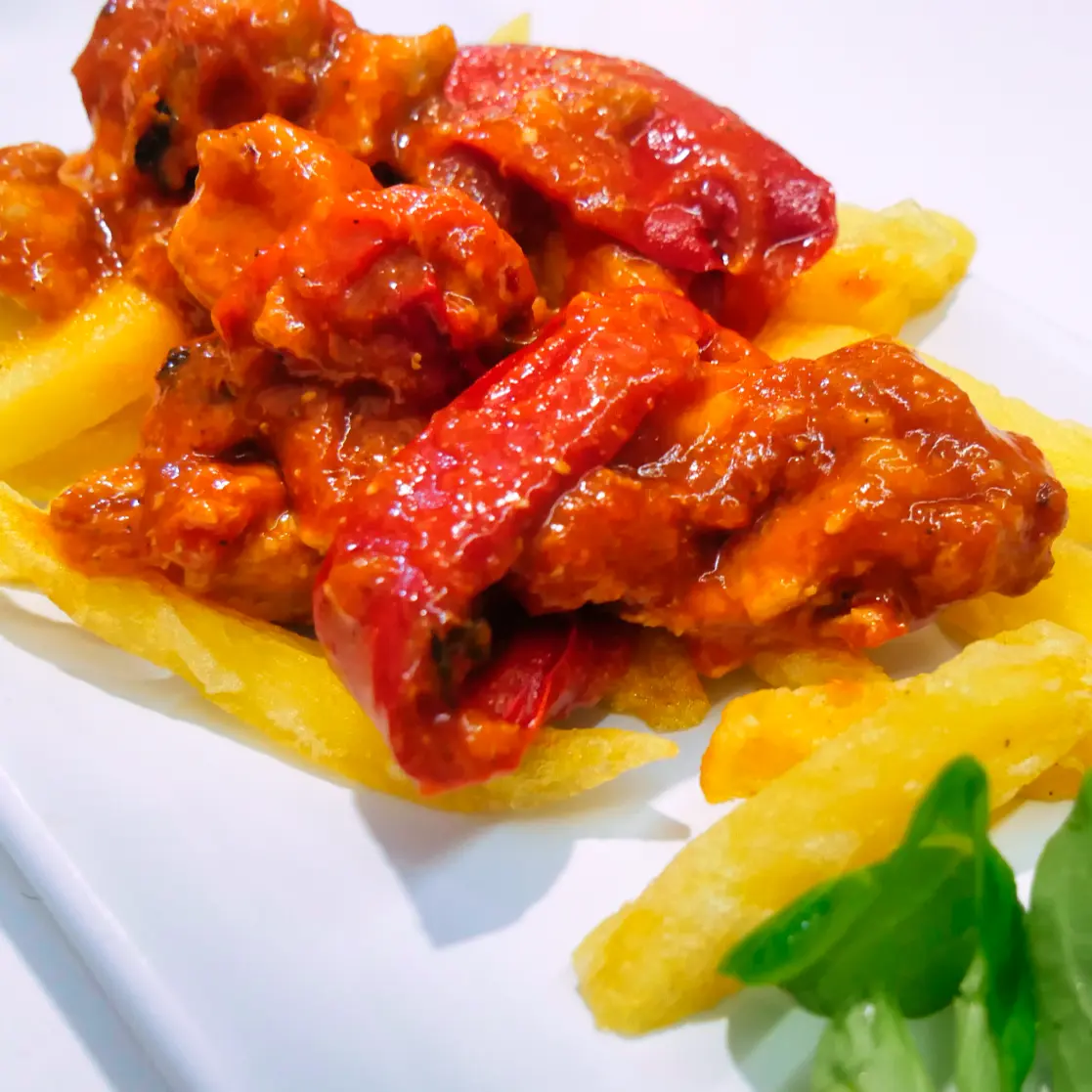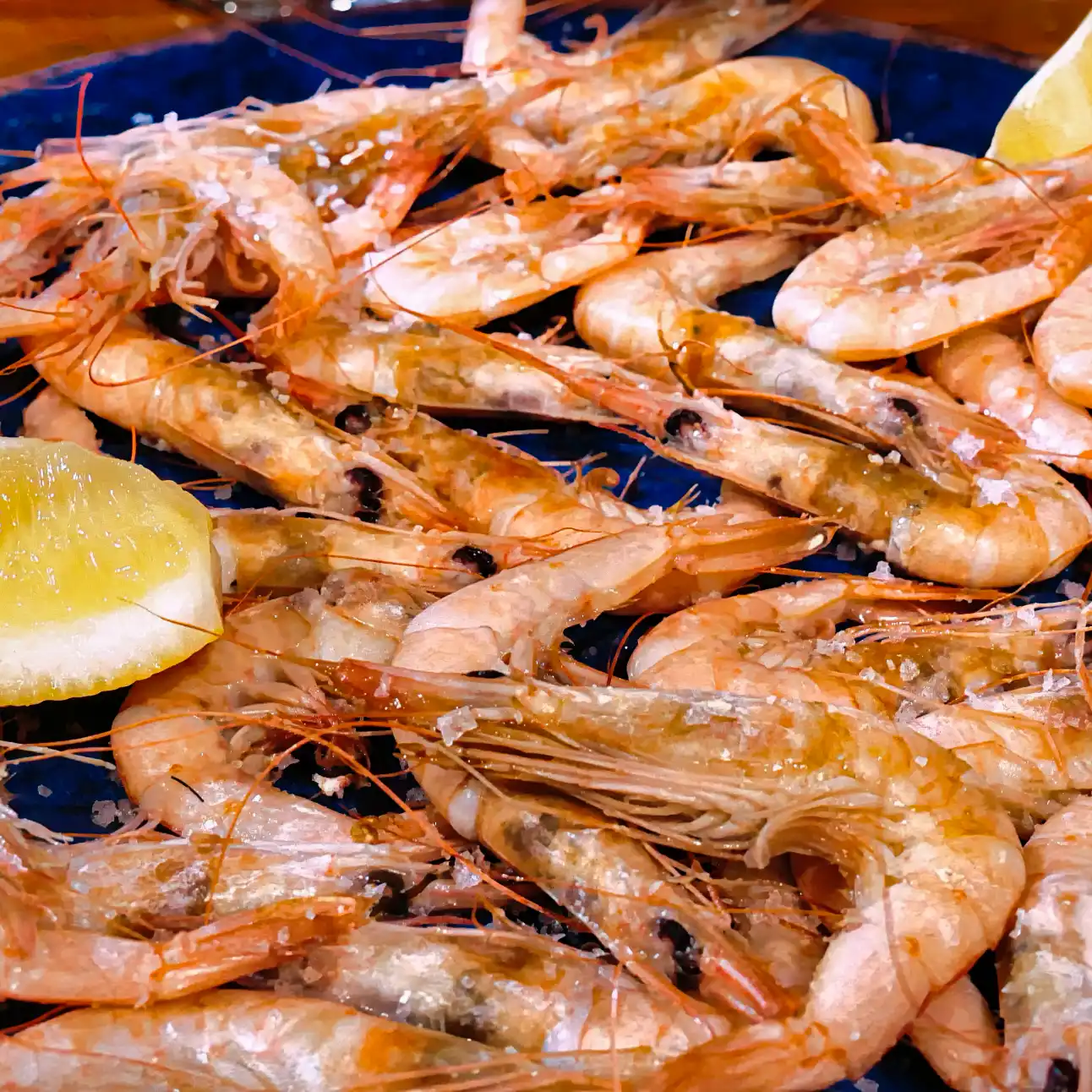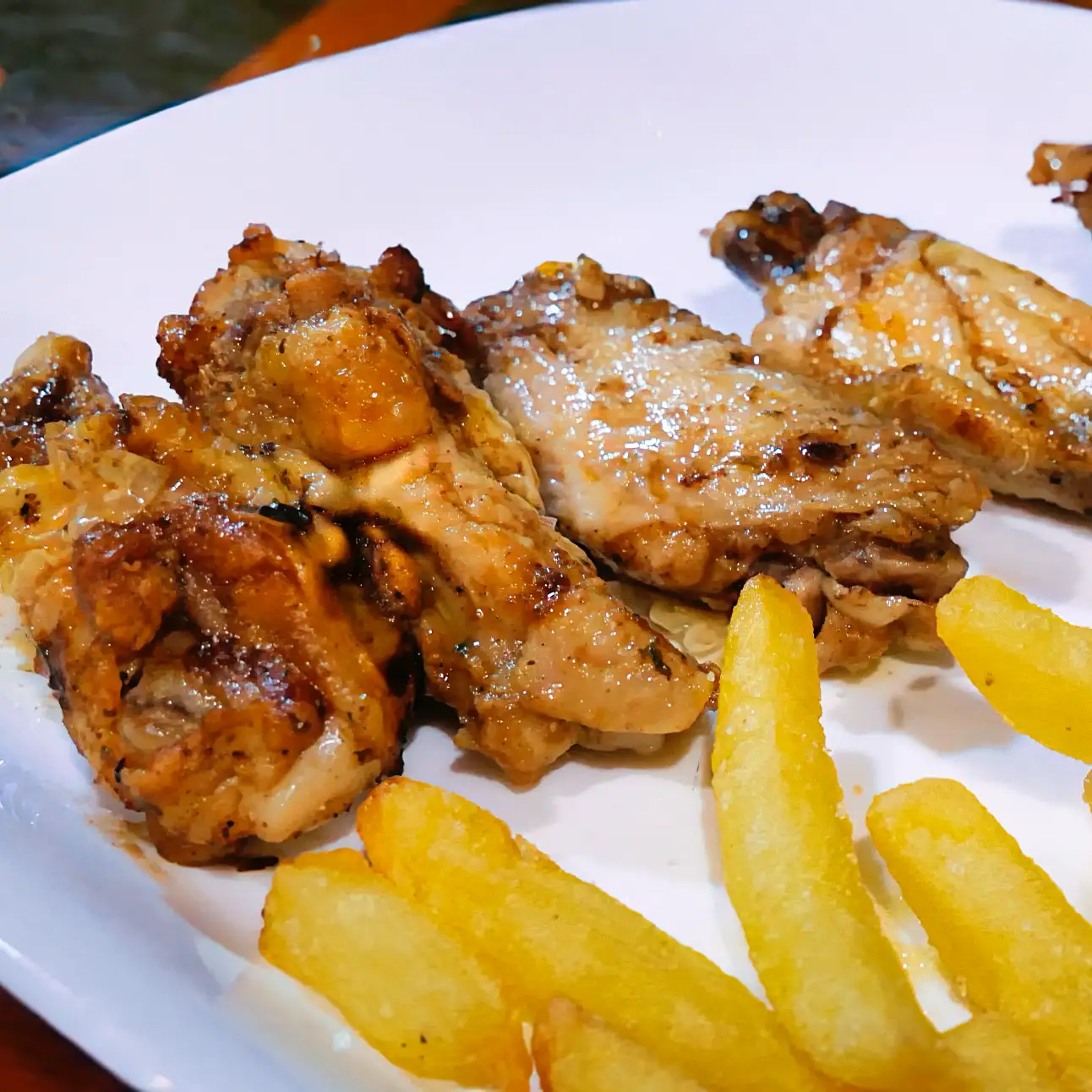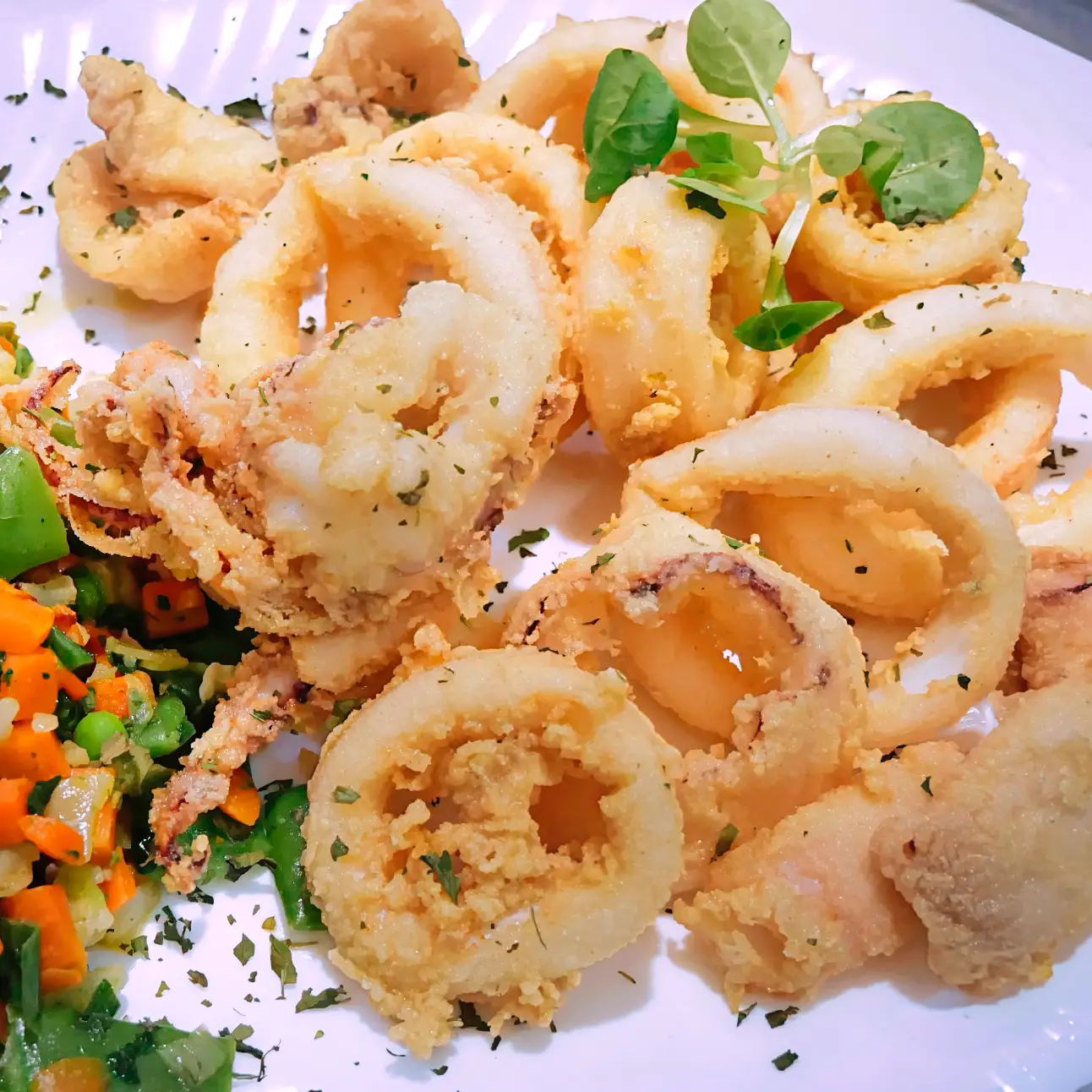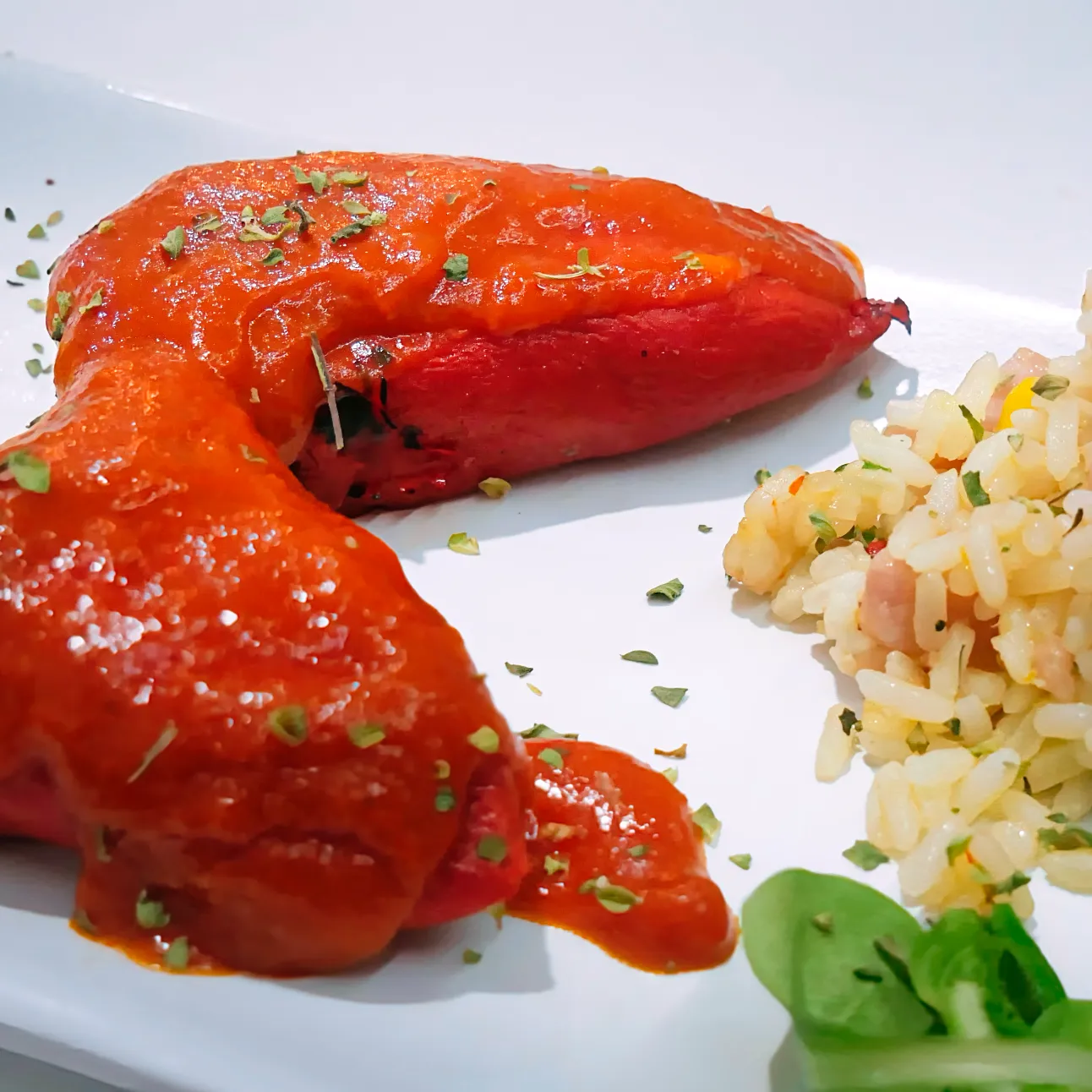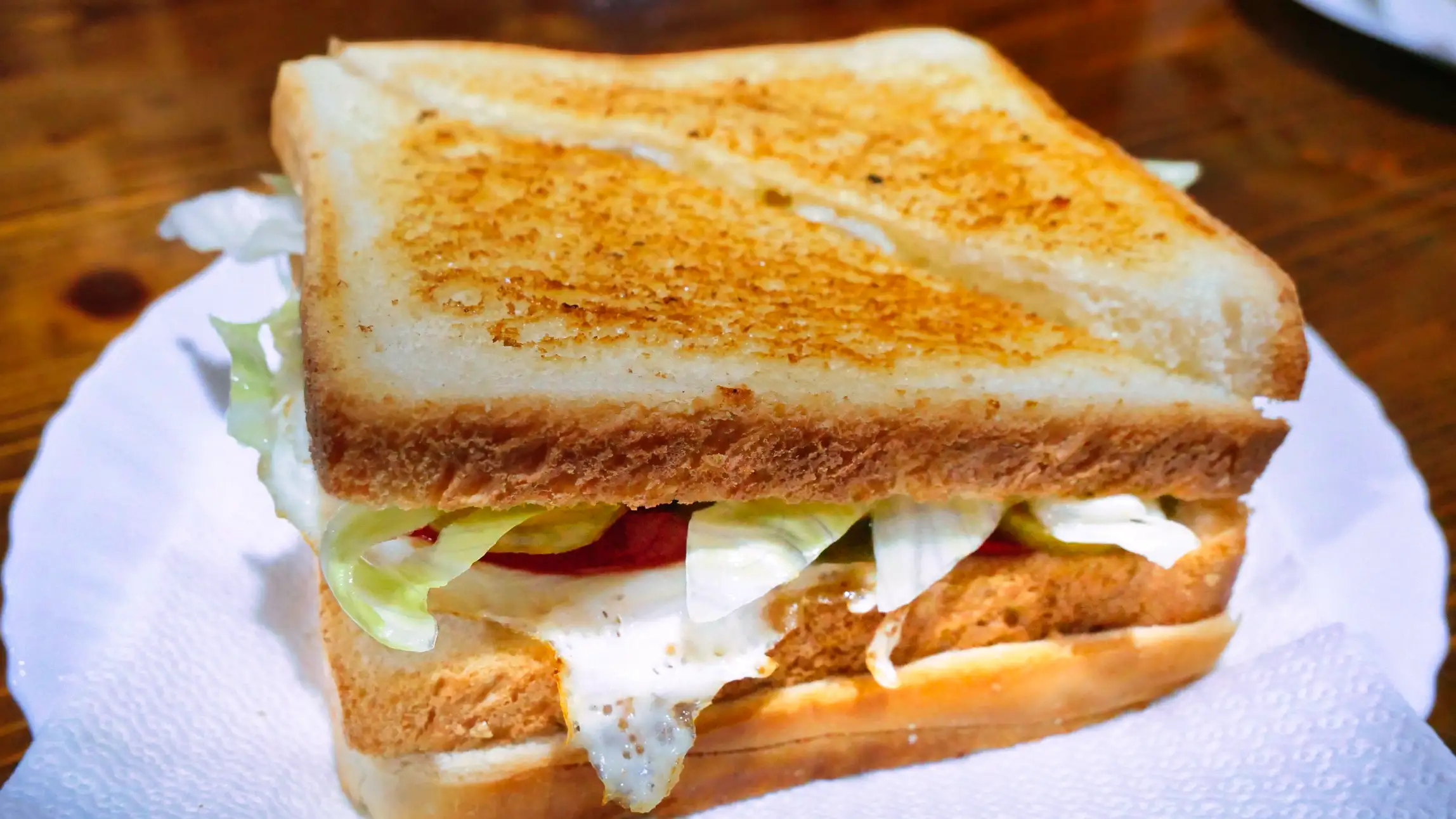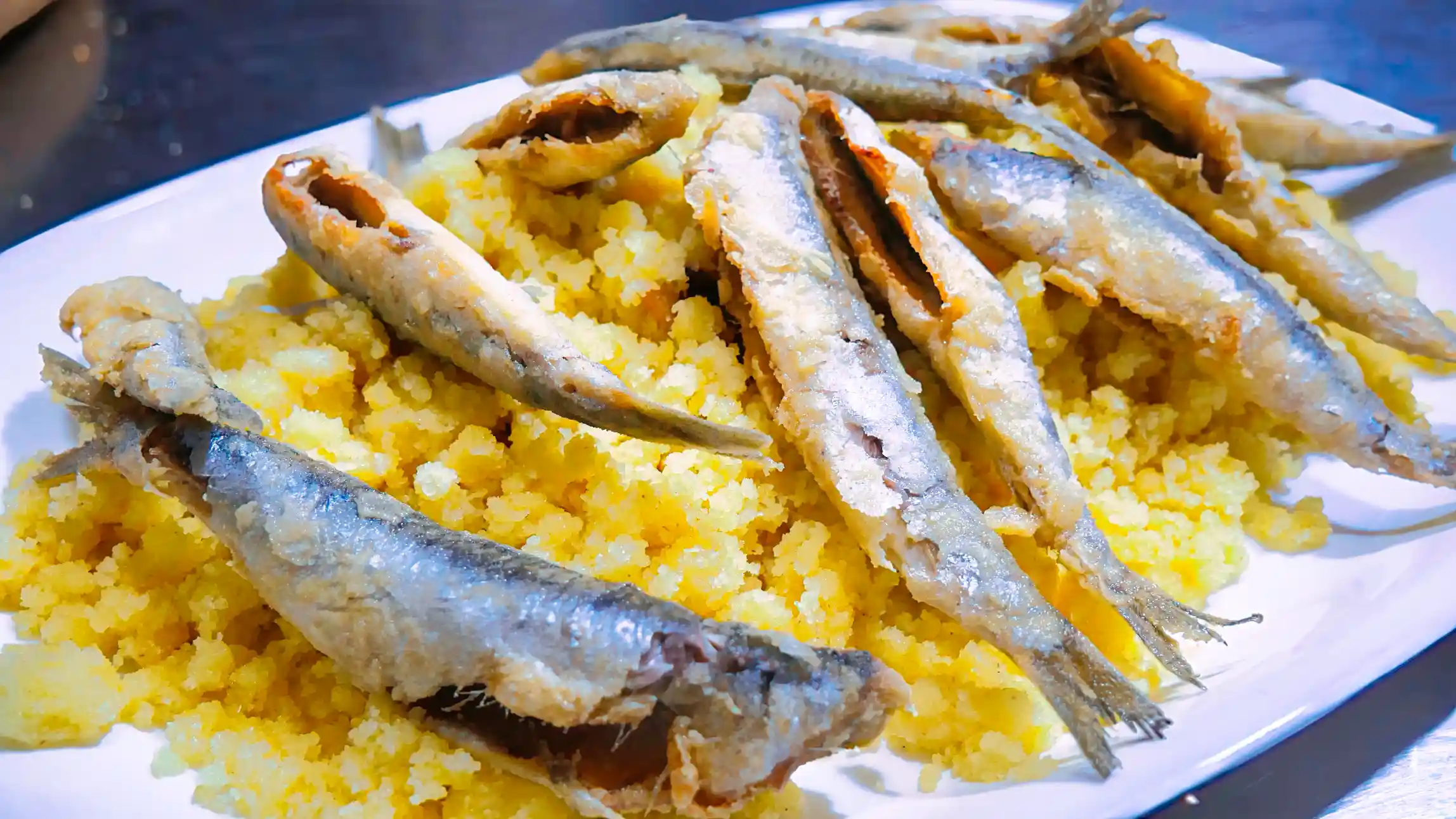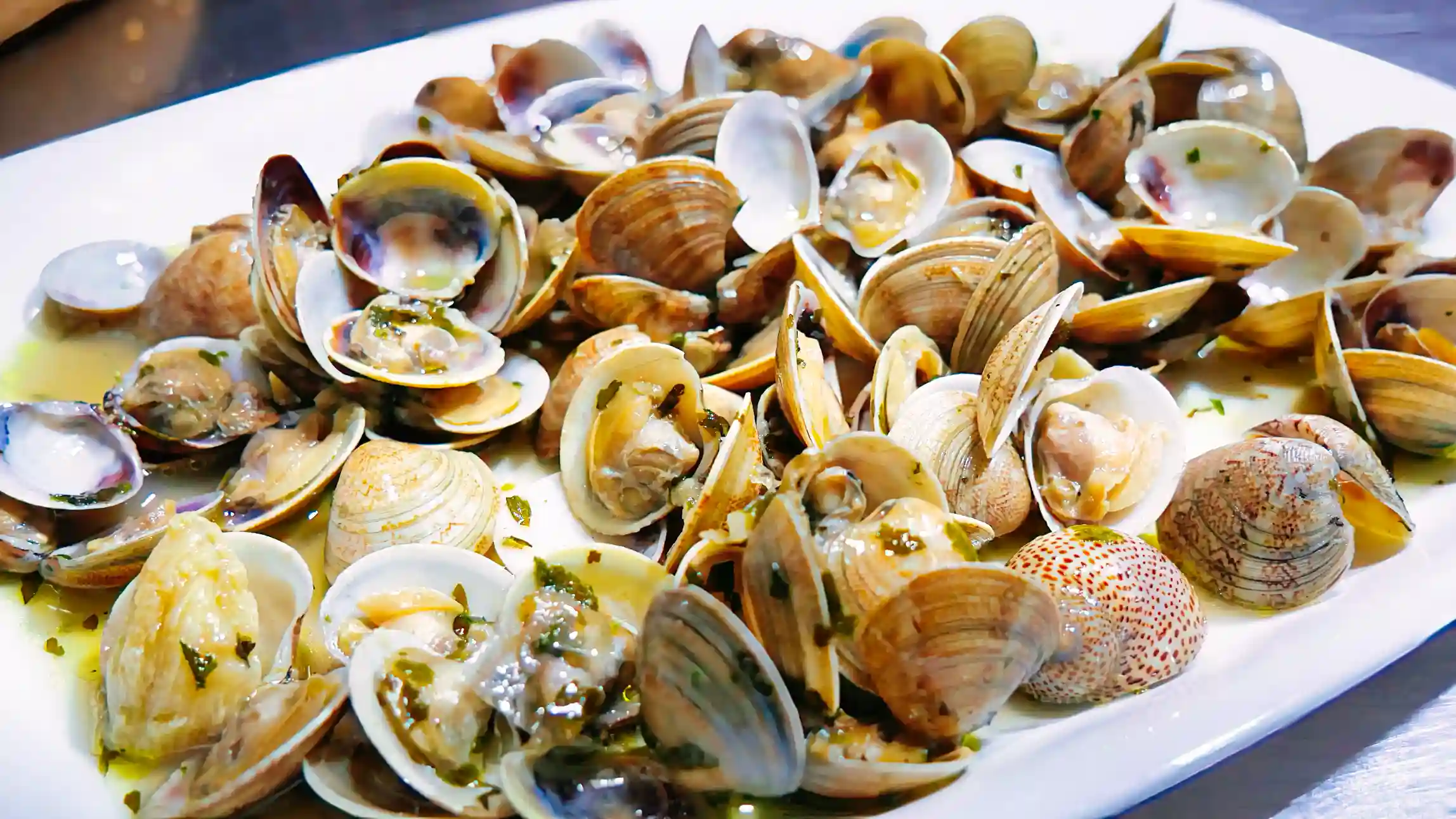The Ultimate Tapas Guide in Almuñécar and La Herradura: History, Typical Tapas and Practical Tips
The Ultimate Tapas Guide in Almuñécar and La Herradura: History, Typical Tapas and Practical Tips
Share
🍷 Tapas Culture in Almuñécar and La Herradura: History and Granada Origins
In Granada, a tapa is a small dish of food served alongside a drink at no additional cost. This tradition turns going out for a drink into a culinary experience on its own: each round of drinks comes with a different dish, allowing you to sample various recipes without ordering a full menu. This custom, unique in Spain, has become an authentic hallmark of the province.
Tapas culture in Almuñécar and La Herradura is one of the most authentic experiences on the Costa Tropical. Its origins go back to the history of tapas in Granada, which began as a gesture of hospitality during the reign of the Catholic Monarchs, when a small piece of food was placed over the glass of wine to “cover” it. Over time, this practice became a cultural symbol of the region, spreading from Granada city to its coastal towns, where tapas mean tradition, flavor, and social gathering. Read more about its history in this specialized article.
⚠️ Tips for Ordering Tapas and Avoiding Confusion
If you’re visiting Almuñécar or La Herradura for the first time, remember: order your drink first to receive the tapa, which, in most bars, is usually included at no additional cost.
One key difference from Granada city is that there you can often choose your tapa with your drink, while in Almuñécar and La Herradura it may not always be possible (especially in summer), and you may simply get the specialty of the day, which can also change depending on the season (e.g., hot stews in winter, fresher options in summer).
🔔 IMPORTANT:
Tapas are not mandatory by the establishment and are considered a courtesy in most bars in the area, but not a guaranteed right. Always ask before ordering your drink.
The average price of a drink ranges between €2.5 and €3.5, slightly higher than in other parts of Spain, but it usually includes the tapa in most places.
⚠️ ATTENTION:
Sometimes waiters offer raciones (larger plates) rather than tapas.
Always ask if what is being offered is a free tapa or a charged ración to avoid confusion and unexpected costs.
Some bars limit the number of different tapas per table, usually 1 or 2 types for groups of 2 to 4 people. If your group is larger, ask how many different tapas they offer per table to avoid misunderstandings.
If you request an extra tapa, it’s normal for it to be charged separately, and some places have a specific tapas menu where tapas are served separately from drinks and have a price listed. Occasionally, you might even find a gourmet tapas menu with special creations at separate prices. That’s why it’s important to check the menu so you know exactly what is included with your drink and what has an additional cost.
Also, be patient when waiting for tapas, especially in summer, when bars and restaurants are crowded; it’s normal for service to be slower due to high demand. Outdoor terraces tend to fill up from 1:15 pm to 1:30 pm, so if you want a table outside, arrive early to secure your spot. Visit several bars to enjoy different options, and if you’re traveling in a group, share tapas to sample more variety. For additional tips, check this gastronomy blog.
Finally, keep in mind that tapas may be subject to kitchen hours, so if you go before 1:00 pm or after 3:00 pm, you might not get a tapa.
🐟 Typical Tapas of Almuñécar and La Herradura: Flavors from Sea and Land
Tapas culture in Almuñécar and La Herradura is known for its fresh ingredients and variety of flavors. Common tapas include fried fish (pescaíto frito), eggplant with cane honey, and migas with fish, a traditional local dish. Also highly appreciated are papas a lo pobre (potatoes with onions and peppers), shrimps (quisquillas), and boiled prawns, perfect with a cold beer. Meat in sauce is another must-try, with recipes that vary from bar to bar, giving each its personal touch. One of the most unique bites is the weever fish (pez araña), rarely served elsewhere due to its venomous spine but praised for its firm texture and deep flavor. Add to that cazón en adobo (marinated dogfish), fried calamari, and grilled sardines, a true seaside favorite offering a strong, Mediterranean flavor.
The mixed paella of meat and fish is the most popular version in the area, although it’s not the original Valencian paella, which uses only meat and vegetables. Another classic is the Spanish omelette (tortilla de patatas), which here is usually made with onions and cooked through, unlike the runnier versions you might find elsewhere. Similarly, croquettes are very popular, and like the omelette, in the Costa Tropical they’re made with a thicker, less creamy béchamel, giving them a unique character. During summer, salmorejo, a chilled tomato-based soup, is a common and refreshing tapa.
These traditional tapas of the Costa Tropical perfectly represent the mix of land and sea flavors that define the region, turning every visit to a bar into a small culinary experience.
🥢 Modern and Fusion Tapas: Creativity in Every Bite
Beyond tradition, tapas in La Herradura and Almuñécar are also about innovation. Local chefs blend international ingredients with local products, creating dishes like tuna tataki with avocado, gourmet mango and cheese croquettes, or tropical ceviche. Check out more fusion cooking ideas in this fusion cooking guide.
🏆 Tapas Competitions in Almuñécar and La Herradura
The Tapas Competition in Almuñécar and similar events in La Herradura stand out every year for their creativity and festive atmosphere. Almost every bar creates a signature tapa for the event and provides a stamp card so visitors can mark the places where they have tried each tapa. Completing the tapas route often includes entry to raffles or prizes, boosting participation and gastronomic tourism.
These competitions attract locals and tourists alike, energizing the hospitality sector and strengthening tapas culture. Check the next event dates in the Almuñécar tourism calendar.
🍻 Typical Tapas Bars in Almuñécar and La Herradura
(Click on each bar name to go directly to its Google Business profile)
Tapas in Almuñécar
- Los Pajaritos – well known for its fried anchovies, roasted pepper salad, and popular ham croquettes, showcasing the essence of coastal tapas.
- La Albahaca – famous for its mini sandwiches (montaditos), creative potato salads, and an excellent eggplant with cane honey tapa, perfect for those who enjoy sweet and savory contrasts.
- Bar Los Higuitos – renowned for its homemade stews like beef stew or noodle casserole, as well as seasonal tapas like salmorejo.
- Mesón Los Arcos – offers hearty tapas such as meat in sauce, traditional tripe stew (callos), and the classic Spanish omelette, making it a great spot for traditional cuisine lovers.
- Taberna Cafeciño by Moya – combines traditional and modern tapas, with highlights like gourmet toasts, cheese platters, and its house-made Russian salad.
- Cervecería El Templo – perfect for craft beer enthusiasts, serving tapas like marinated dogfish (cazón en adobo), homemade croquettes, and papas a lo pobre.
- Bar Albar – very popular for its fried fish, grilled sardines, and its always-in-demand fried calamari tapa, true to the local maritime cuisine.
- Mesón Herrera – famous for its garlic kid stew (choto al ajillo), seafood potato salad, and its mixed paella tapa, perfect for sharing with friends.
Tapas in La Herradura
- Mesón Baena – specializing in traditional tapas, featuring rice dishes, fried fish, and its standout clam croquettes. Arrive early, as from 2:00 pm onwards—especially on weekends—it’s often full.
- Bar Fonda – *everything is 100% homemade, and it’s famous for its large, varied tapas, including burgers, hot dogs, and Mexican tacos. This bar lives up to the Granada tapas saying: “With two tapas, you’re full.”
- Bar El Salón – lets you choose from several tapas, often including hearty spoon dishes like lentils, noodle casseroles, stew, tripe, or chickpea stew—a delight for fans of home-style cooking.
- Bar El Chorrillo – famous for its flagship tapa: migas, a rustic, traditional dish with plenty of local flavor.
- Bar El Rincón de Silvana – offers a special “chorizo al infierno” tapa, prepared with a unique touch, alongside home cooking made by the owner’s mother, adding an authentic, family feel.
- King’s Lounge – a different approach to tapas with Italian-inspired dishes, especially its pizza, offering an international twist to the local tapas experience.
- El Rincón de las Tapas – located right by the sea, this bar is known for its hamburger tapa, popular among visitors, plus its lemon-seasoned anchovies, all while enjoying an unbeatable view of the bay.
Check locations on this general gastronomy map.
⭐ Check and Leave Reviews: Support Local Businesses
Before heading out for tapas, it’s a good idea to check reviews on platforms like Google Maps, TripAdvisor, or social networks to see which places are most recommended and what tapas locals love. And when you finish your tapas route, leave a review of your experience—a simple gesture that helps other visitors find great places and directly supports local business growth.

